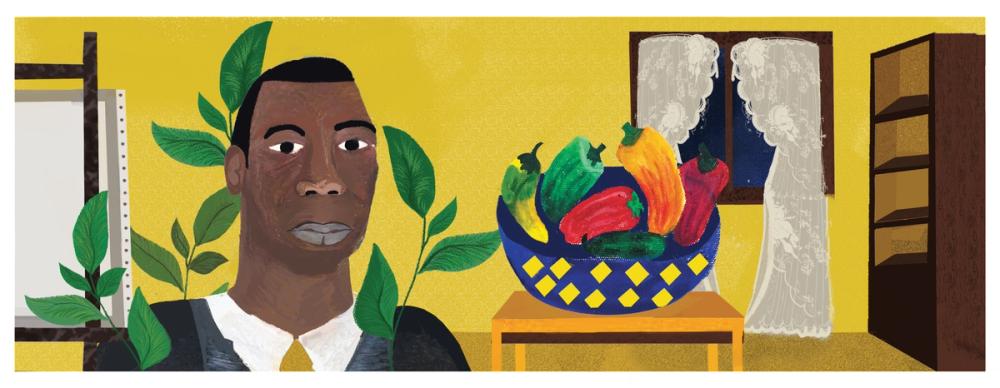More Reads
Death, Landscape, and the Environment
The matter that makes us will be here long after we are gone, but what kind of mark will we leave? In this IFLA! classic, from our Regeneration Issue, Phoebe Thomson explores deathscapes – 'landscapes of death' – and the legacies our bodies leave behind, from British cemeteries to Parsi Towers of Silence. She wonders whether a regenerative approach to handling death can breathe new life into old spaces. Illustrated by our very own Matthew Lewis.
By Phoebe ThomsonKeep readingA Call for Ancestral Futurism: decolonizing and decarbonizing architecture
In Jamaica, the ‘Isle of Wood and Water’, locals find themselves caught between traditional and modernist values, especially when it comes to building new homes. Teshome Douglas-Campbell explores this phenomenon through the lens of ‘Ancestral Futurism’, finding a new way forward that takes inspiration from architects and architecture from across the global South.
By Teshome Douglas-CampbellKeep readingHealth on the Climate Frontline
Even the briefest online search for ‘climate change impacts’ throws up a catalogue of harrowing events. Climate change is not something that ‘will happen’, it is well underway. It is already threatening human health, and health services, around the world. In this classic article from Issue 9, Pharmacist Jean Ong describes the changes she’s seen from Metro Manila in the Philippines. Illustrations by Inès Gradot for IFLA! Issue 9. Edited by Martha Dillon and Jackson Howarth.
By Jean OngKeep reading

